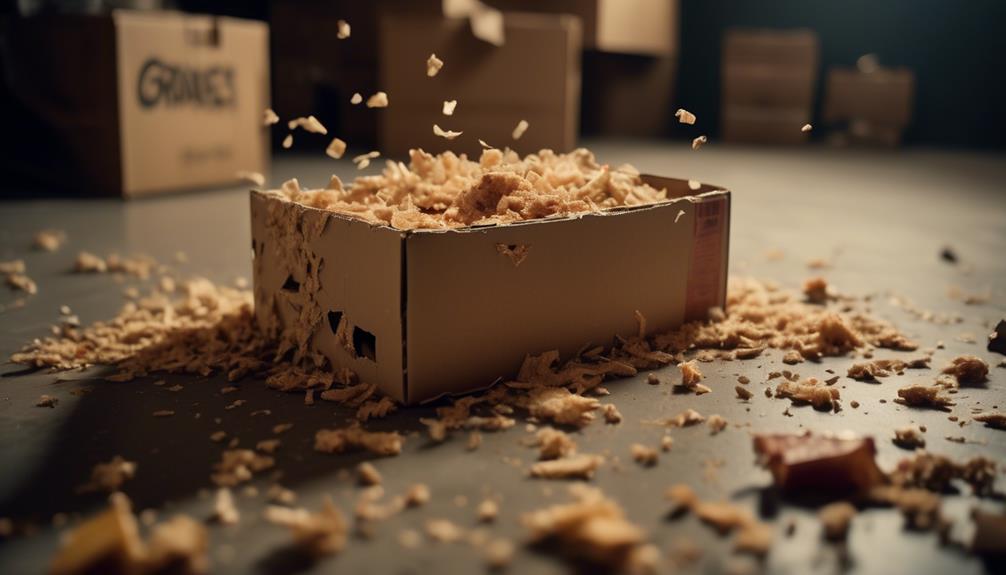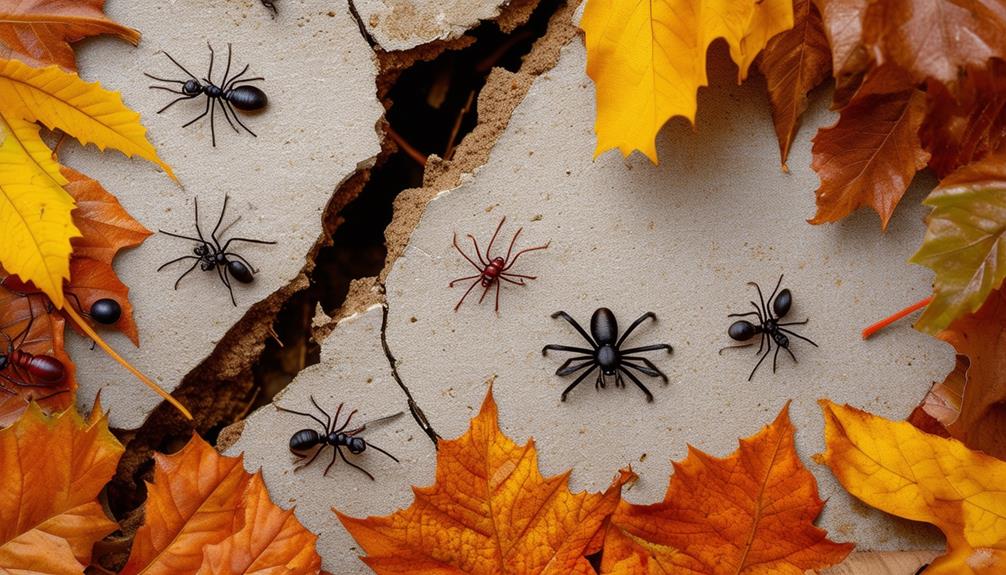In your seemingly peaceful home, there may lurk a hidden menace, silently wreaking havoc and spreading germs. Yes, we’re talking about a rodent infestation.
But fear not, for there are telltale signs that can help you identify these unwanted guests before they multiply and cause more damage.
From the dark droppings they leave behind to the gnawed holes on walls and the scratching sounds that echo through the night, understanding these common signs is crucial.
So, how can you spot these subtle clues and take swift action to protect your home and loved ones?
Let’s explore together.
Key Takeaways
- Rodent droppings are a clear indication of a rodent infestation and should be found near food sources.
- A foul odor, described as stale ammonia and musk, is caused by rodent urine and can indicate an active infestation or the presence of a dead mouse.
- Gnawed holes or bite marks on walls, wires, cardboard, and food packaging are common signs of a rodent infestation, with larger bite marks indicating larger rodents.
- Rodent nests, typically found in hidden areas of the house, are made of paper, fabric, or organic matter and may contain droppings. Eliminating attractants is important in preventing future infestations.
Rodent Droppings
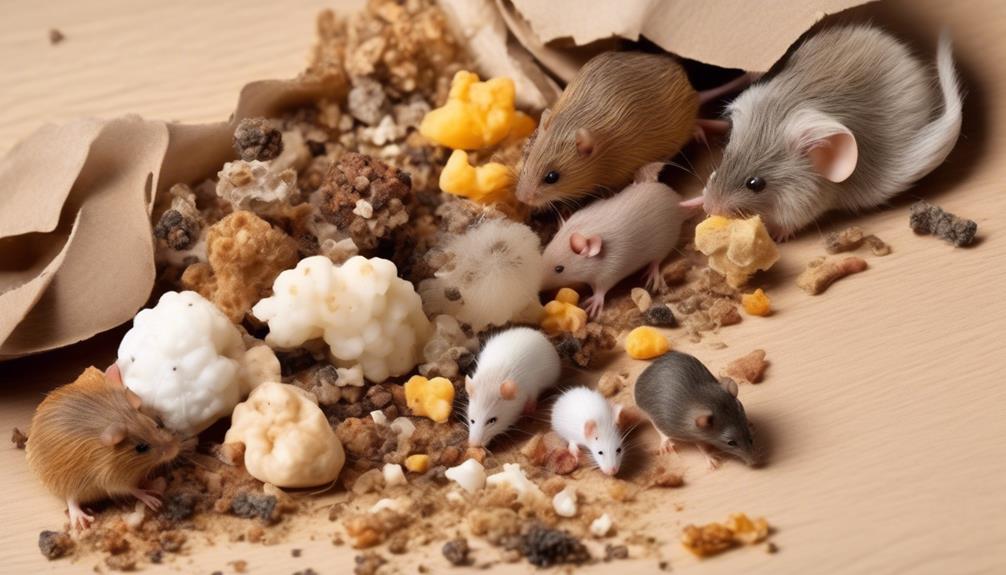
When it comes to identifying a rodent infestation, one key sign to look out for is the presence of rodent droppings.
Rodent droppings, whether from mice or rats, are dark and moist when fresh. Over time, they become dry and gray.
These droppings are likely to be found near food sources, so it’s essential to check areas such as kitchen cabinets, pantries, and under furniture. Finding droppings is a clear indication of a rodent infestation in your home.
It’s important to keep an eye out for these signs as rodents can cause significant damage to your property. Not only can they chew through wires, insulation, and other materials, but they also carry diseases that can be harmful to humans.
If you find mouse droppings or rat droppings, it’s crucial to take immediate action and contact a pest control professional or a termite inspection service to address the issue promptly.
Foul Odor
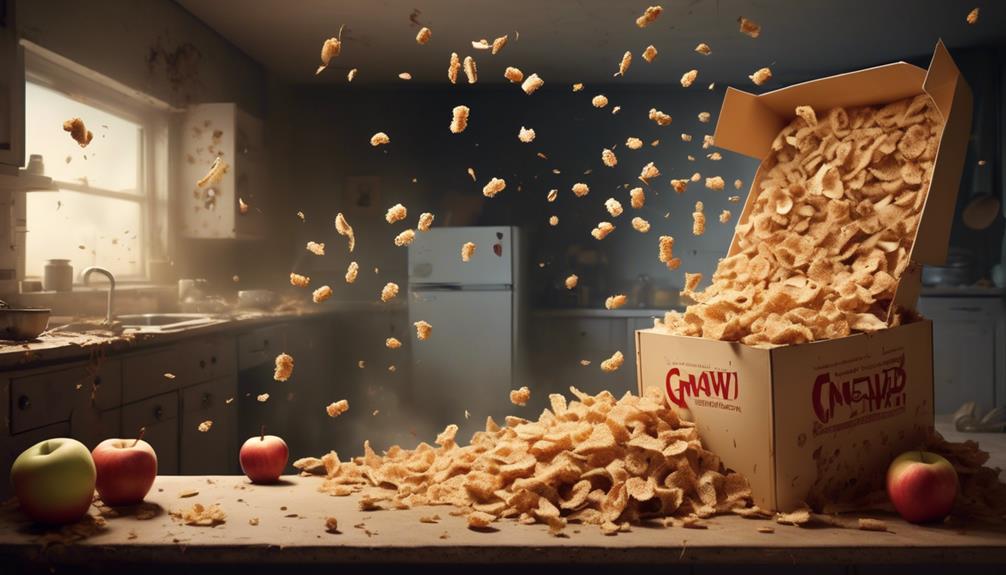
One unmistakable indication of a rodent infestation is the presence of a foul odor. Rodents, such as rats and mice, have a distinct smell that can be described as a combination of stale ammonia and musk. This odor is often caused by their urine, which they use to mark their territory.
If you notice a strong, sour smell that lingers for days, it could indicate the presence of a dead mouse. However, it’s important to note that the odor may not be noticeable with a small infestation. It becomes more distinct in active infestations, where the number of rodents increases.
If you detect a foul odor, it’s crucial to take immediate action to address the problem. Ignoring it can lead to further damage to your home, such as chewed wires or contaminated food packaging.
Be sure to also look out for other signs of a rodent infestation, such as rat droppings, mouse droppings, scratching sounds, shredded paper, or damage to kitchen cabinets and sealed containers.
Gnawed Holes or Bite Marks
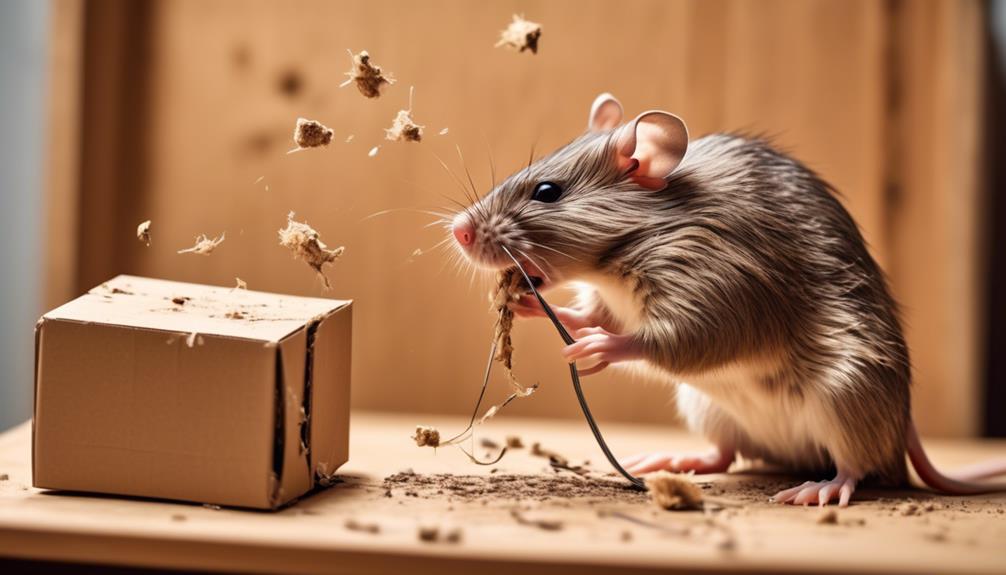
Gnawed holes and bite marks are clear indications of a rodent infestation, as these pests leave behind visible signs of their presence. Rats and mice have a natural tendency to chew on objects, including walls, wires, cardboard, and even food packaging. When searching for food, they’ll leave behind gnawed holes and bite marks.
Look for chewed cardboard boxes and drywall, as these suggest rodent presence in the area. Larger bite marks may indicate the presence of larger rodents in the vicinity.
It’s important to check for these holes and marks in areas where food is stored, such as pantries and cabinets. Their chewing behavior is primarily driven by their quest for food, so it’s crucial to identify these common signs of a rodent infestation in your house.
Rodent Nests
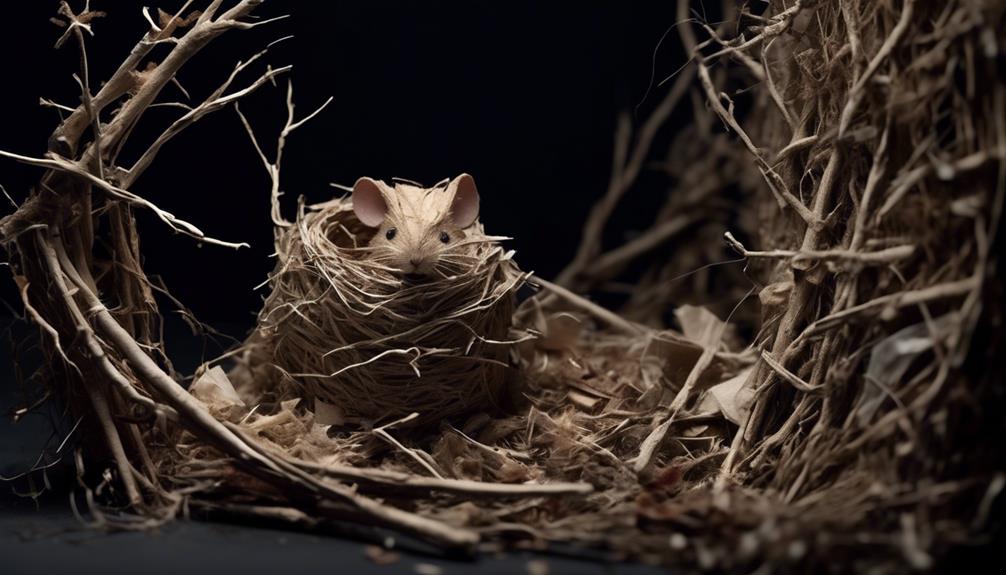
Rodent nests are commonly found in hidden areas of the house and can be identified by piles of nesting material made of paper, fabric, or organic matter. These piles of debris indicate the presence of a rodent-made home within your walls. You may also notice bite marks on the nesting material, a clear sign of an active infestation.
Droppings may also be found within the nest, further confirming the presence of rodents. It’s important to note that rodents will seek out sources of food, water, and shelter, so it’s crucial to eliminate these attractants to prevent future infestations.
To address a rodent infestation, consider using rat traps or contacting a professional exterminator. Additionally, removing cardboard boxes and sealing any entry points behind walls can help prevent rodents from establishing nests in your home.
Scratching or Scampering Sounds

If you hear scratching or scampering sounds in your home, especially at night, it could be a sign of a potential rodent infestation. Rodents, such as rats and mice, are known to produce these noises as they scurry around the house. The scampering sounds are often heard in hallways or walls, indicating the presence of these unwanted pests.
Additionally, scratching sounds may suggest that rodents are burrowing within the walls, highlighting an active infestation. It’s important to pay attention to unusual noises, particularly during the night, as they can be signs of a rat or mouse problem.
If you suspect a rodent infestation, it’s crucial to contact a pest management professional with years of experience in getting rid of rats and mice. They can help identify the source of the sounds and provide effective solutions to eliminate the rodent problem.
Frequently Asked Questions
How Do You Identify a Rodent?
To identify a rodent, look for rodent droppings, gnaw marks, chewed wires, strange noises, grease marks, nests, odor, footprints, damaged food packaging, and sightings. These signs indicate their presence in your surroundings.
How Do You Know How Bad a Mice Infestation Is?
To determine the severity of a mice infestation, look for signs like excessive droppings, widespread gnaw marks, numerous nests, tracks/rub marks everywhere, and constant strange noises. These indicators indicate a major rodent problem.
How to Tell the Difference Between a Rat and Mouse Infestation?
To tell the difference between a rat and mouse infestation, look for signs like droppings, gnaw marks, nests, sounds, and odor. Rats are more common in urban areas and pose health risks. Prevent infestations by sealing entry points and consider professional pest control.
How Do You Identify a Rodent Nest?
To identify a rodent nest, look for signs like droppings, gnawing marks, burrows, tracks, odors, nesting materials, entry points, pathways, and activity patterns. These clues will help you locate and address the infestation.


